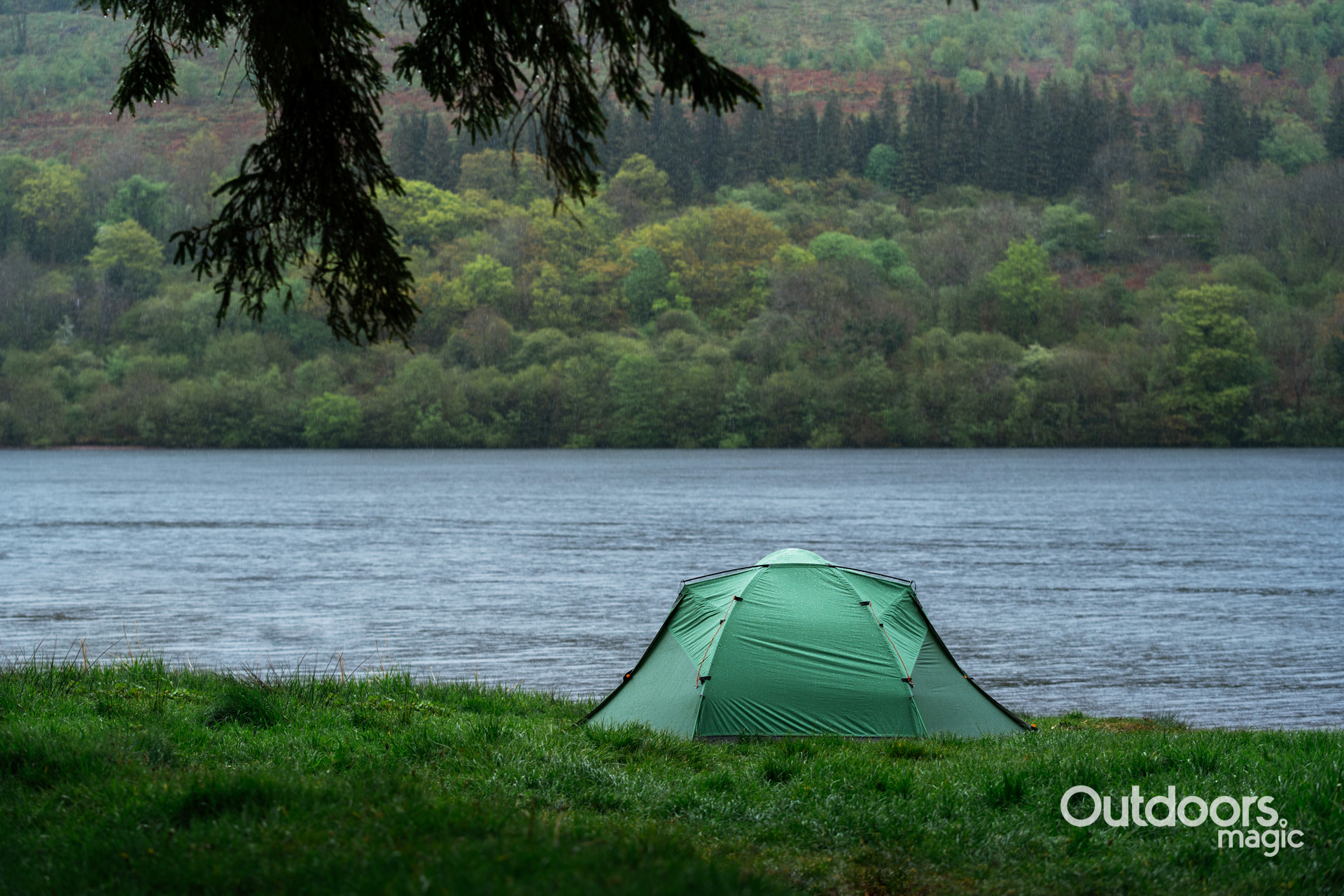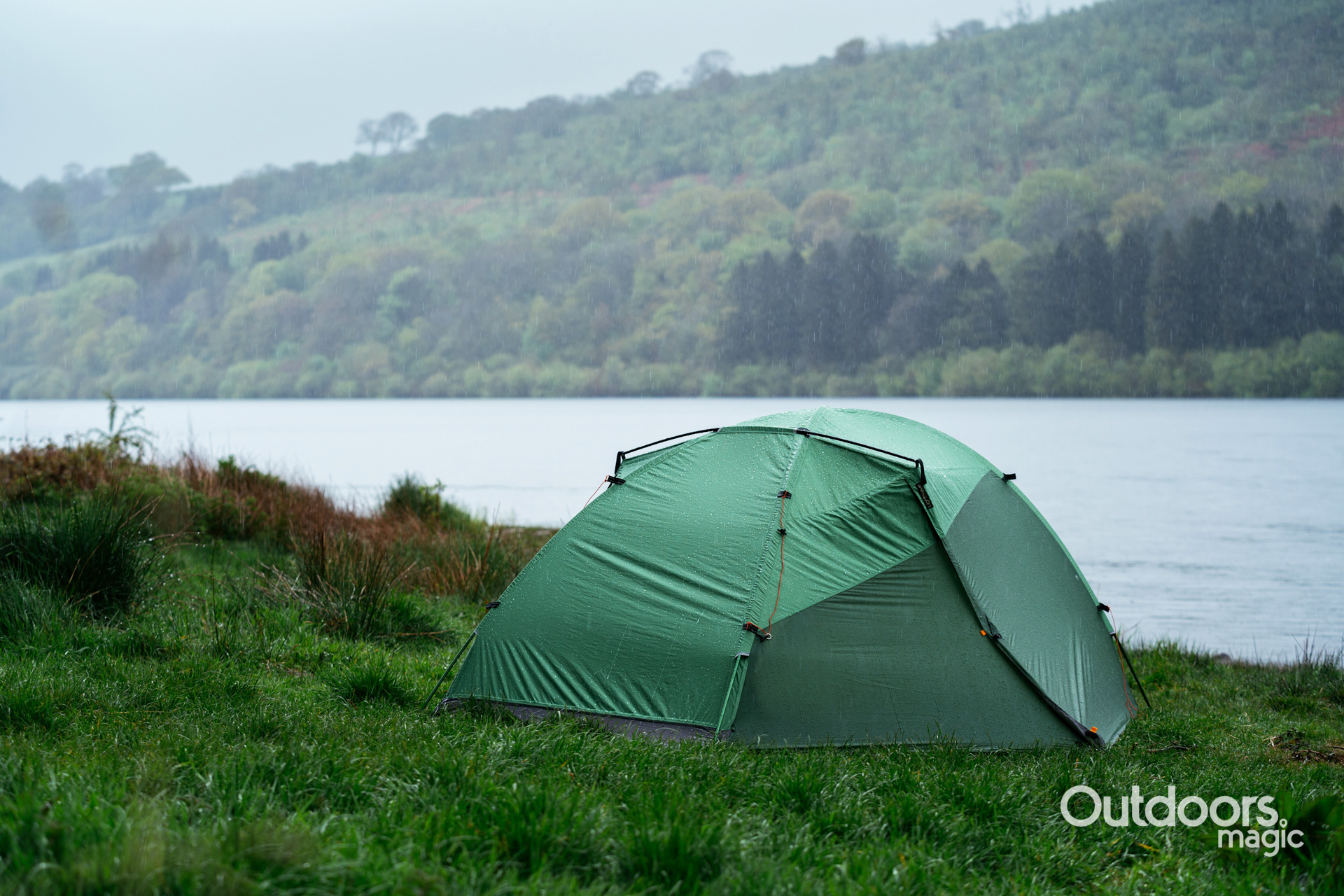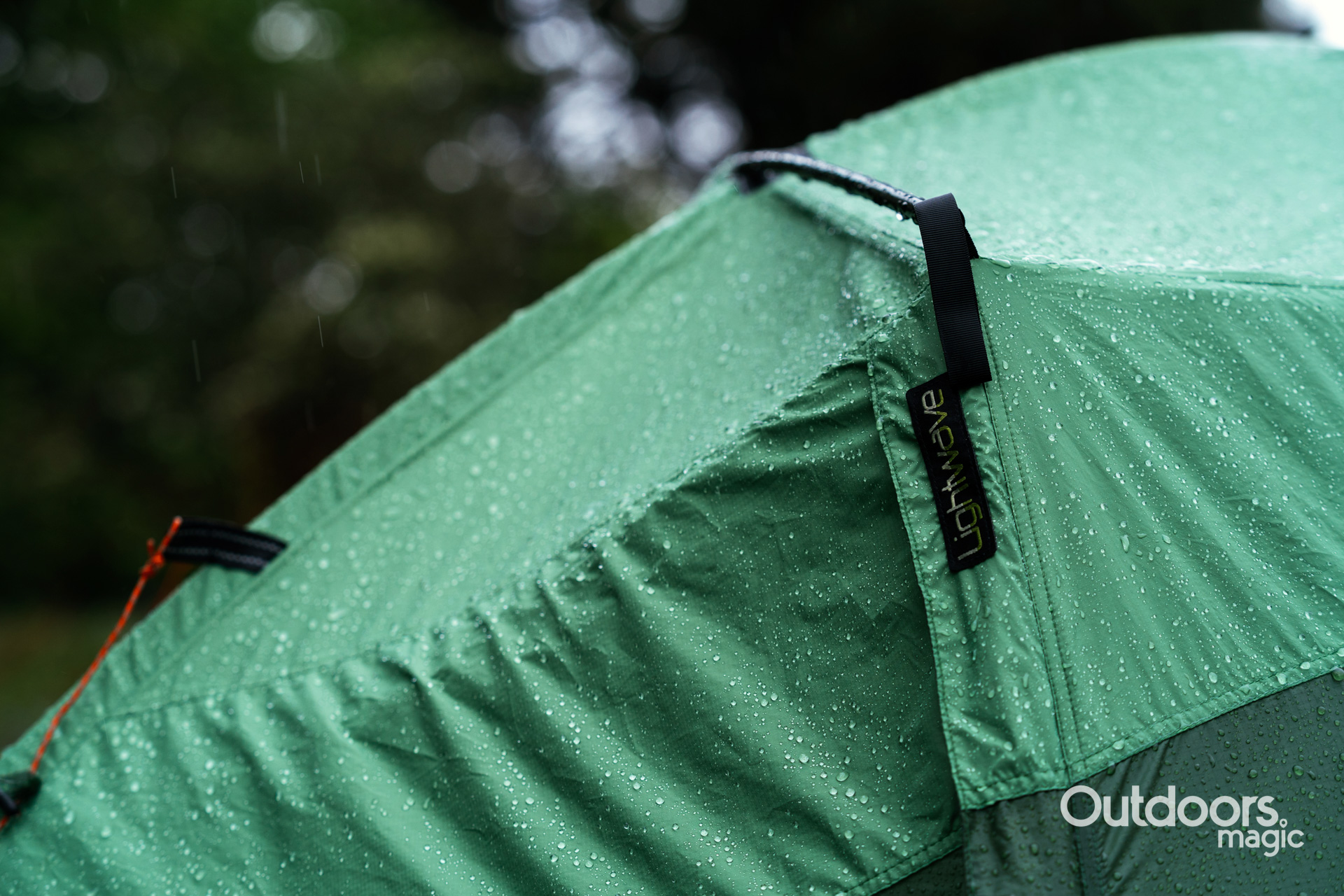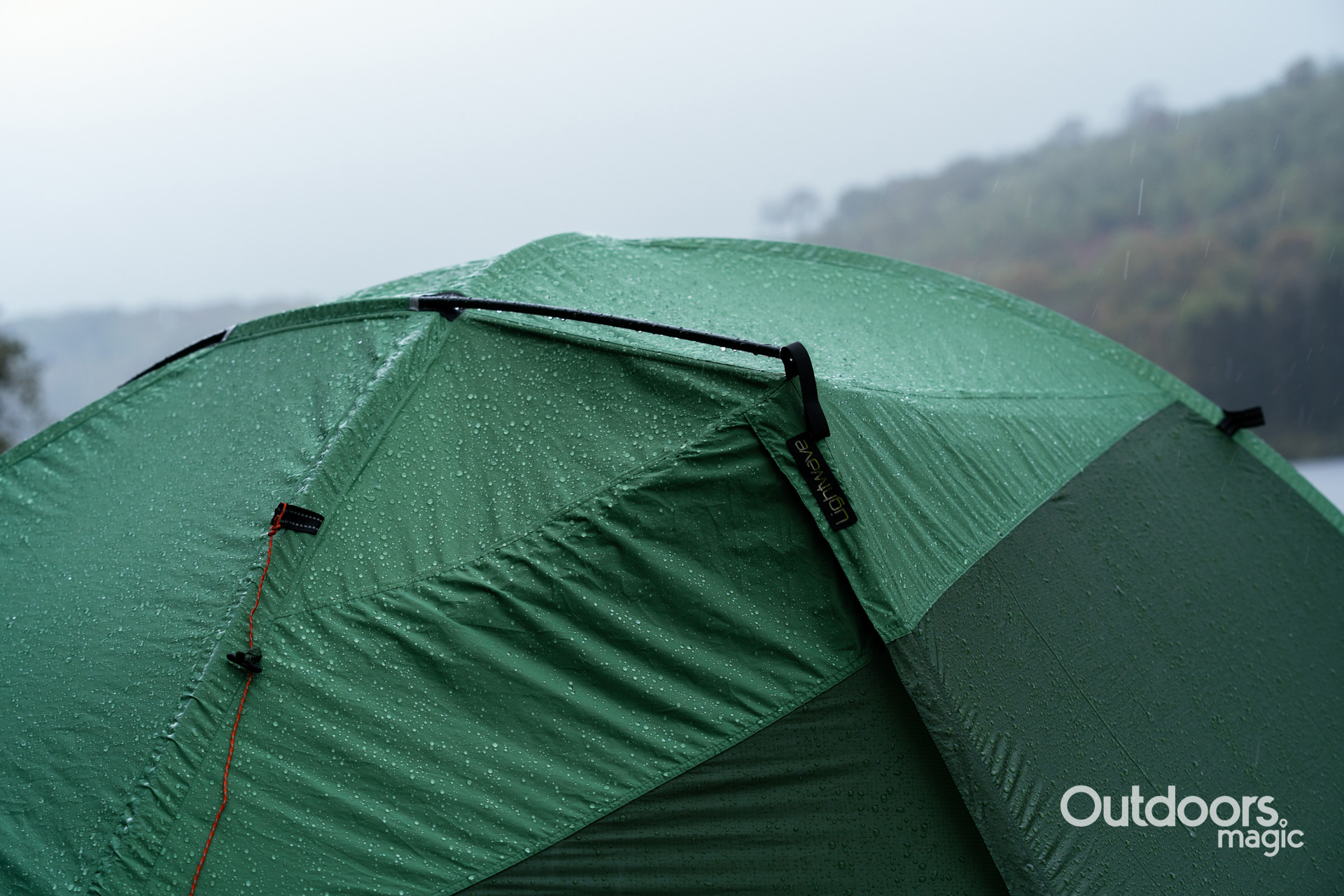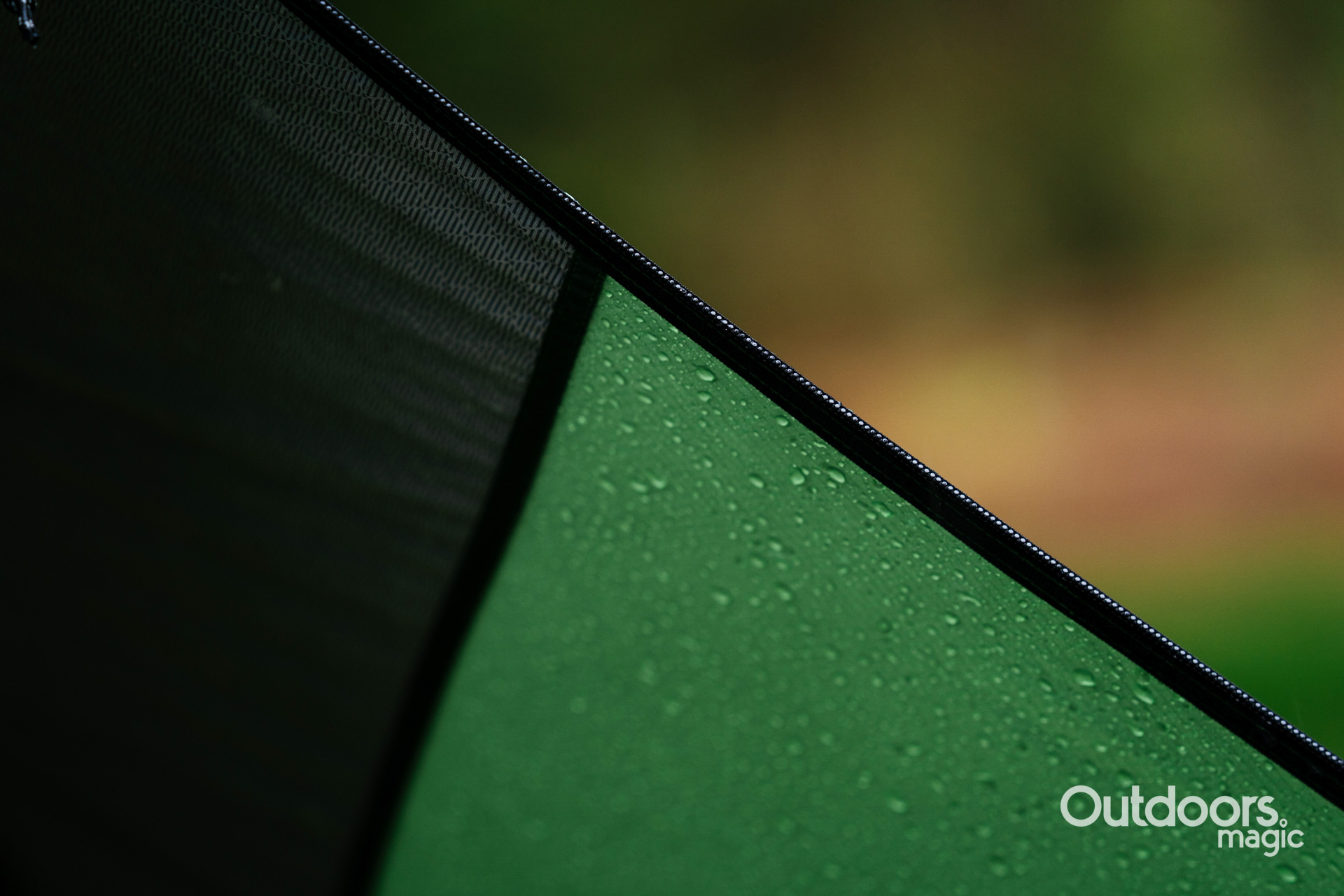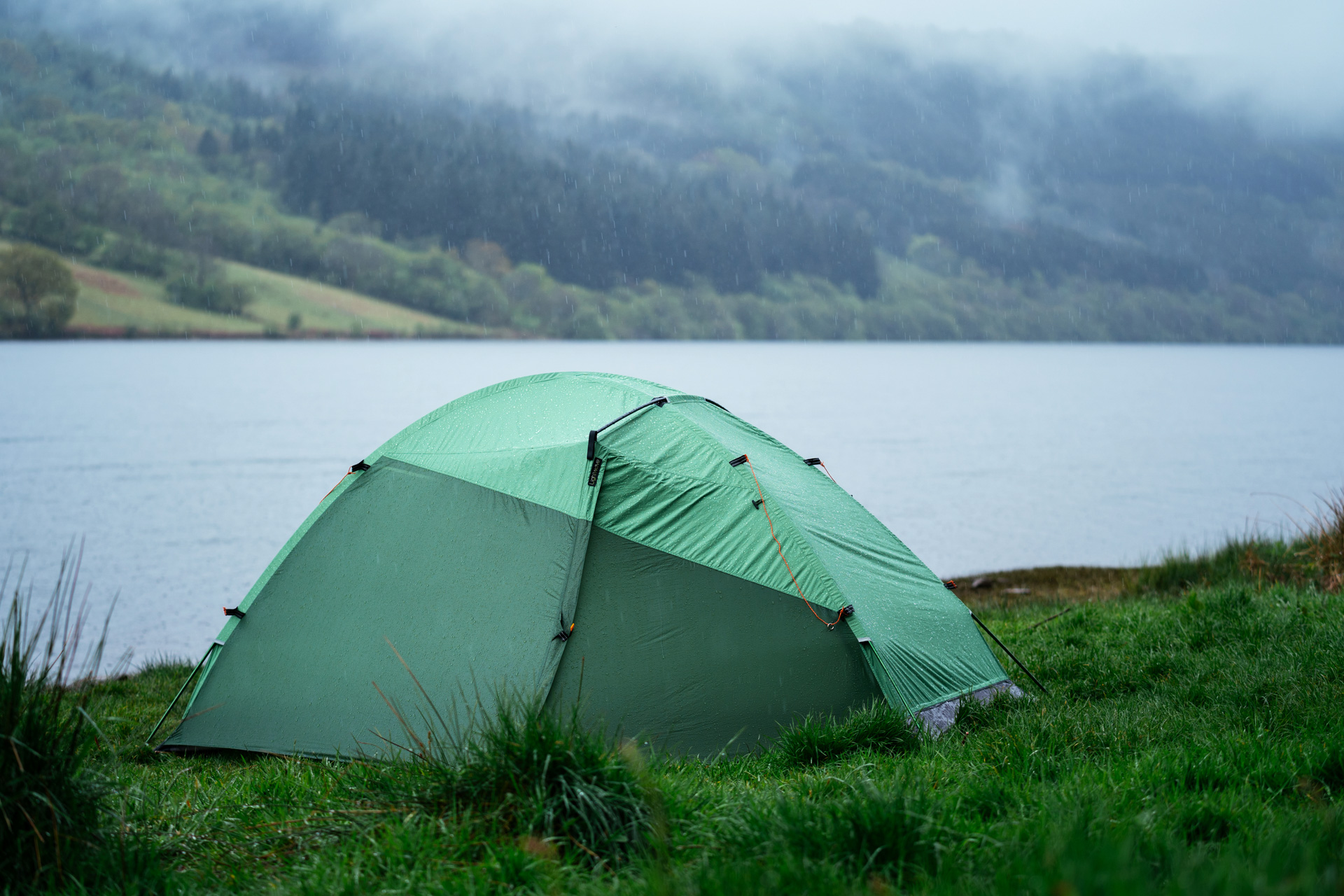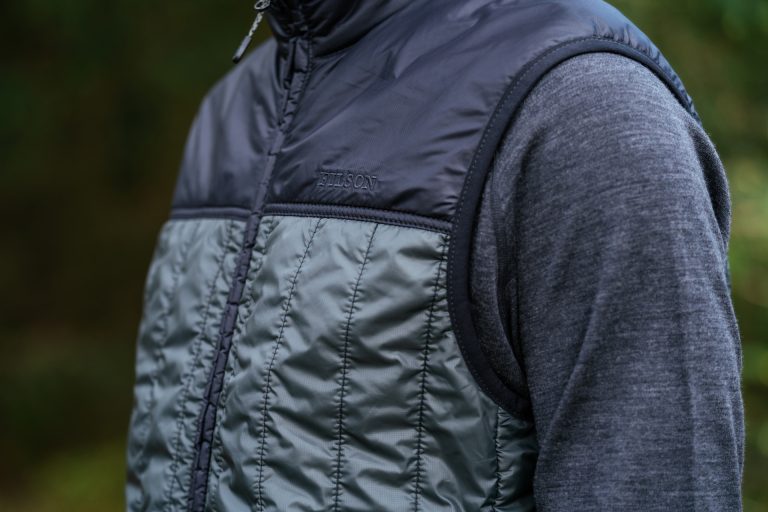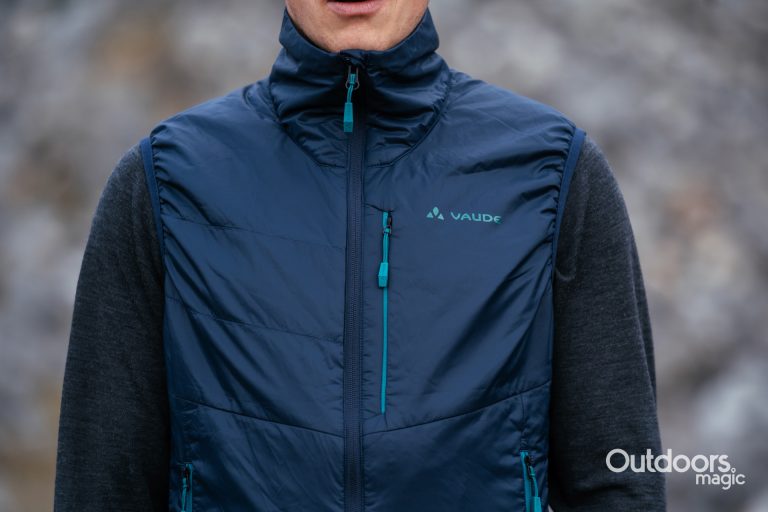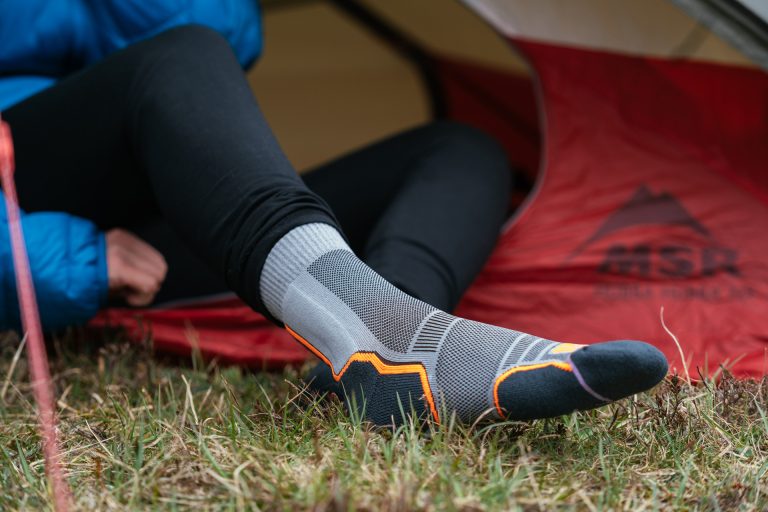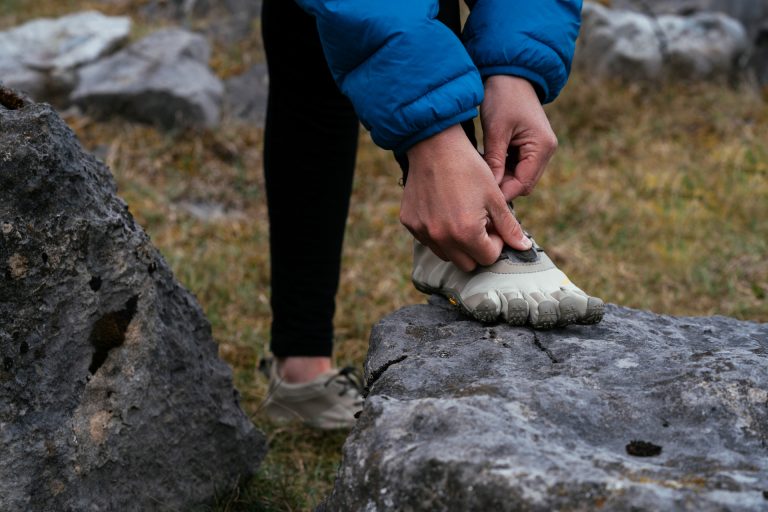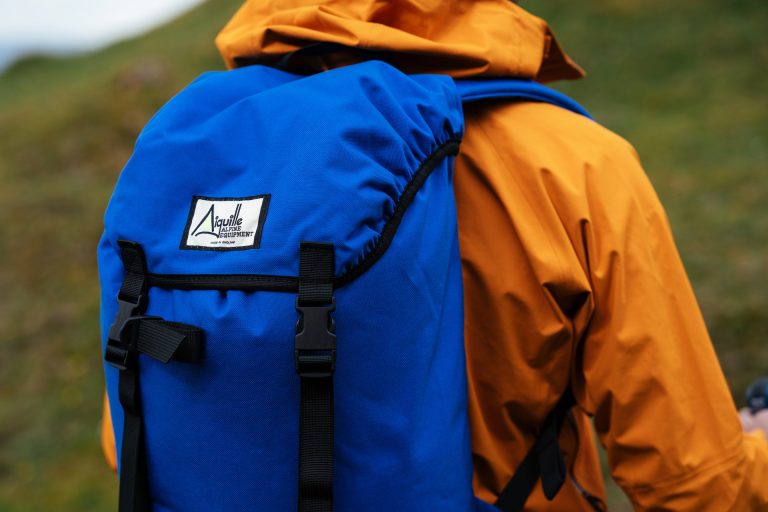Why We Chose The Lightwave Sigma S22 Tent: Innovative, sturdy, spacious.
In the conditions of the UK, a wet, condensation-drenched tent is usually accepted as a given. We know to never dare touch the inner mesh in case it’ll come into contact with the wet fly sheet, and we’ll steer well clear of any single skin designs. So, it felt a little bit like dancing with the devil when we agreed to try out the single skin Lightwave Sigma S22, even if it’s from a brand that claim that their fabric innovation has solved the condensation dilemma.
Did the brand new Sigma S22, out September 2019, surprise us or were our fears justified?
“You get a bit more space and headroom, it’s much quicker to pitch and more importantly, that single skin design makes it a few hundred grams lighter.”
This adds to an already fairly extensive range of trekking tents by Lightwave, and it’s the fourth in the Sigma collection, adding an extra porch to the previous S20 model. First introduced into Lightwave tents in 2016, Sigma’s main talking point is their unique X-Tex fabric. It’s a waterproof ripstop nylon featuring an activated carbon layer that supposedly draws moisture from the air, spreads it out over a large surface area and then transports it through the flysheet and into the atmosphere. Ultimately it should mean their single skin fabric should remain dry to the touch. If you look at feedback on their website and elsewhere online, it’s been doing the job for people.
This X-Tex fabric is used only where it’s really required, which is along the roof, on each of the porch doors and at each end. On the outer porch walls there’s your more commonly seen ripstop nylon, and then a nylon mesh on each side that separates the sleeping vestibule from the large porches on either side. The groundsheet is a bath-tub style 75 g/m2 50d nylon taffeta that’s PU coated for a 5000mm hydrostatic head with reinforced corners and taped seams.

